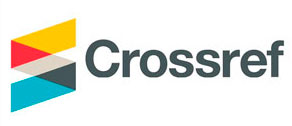Visualization as a means of increasing the cognitive activity of preschool children with hearing impairment
Abstract
The article reveals the role of visualization in the process of
knowledge acquisition by preschoolers with hearing impairments,
presents the main stages of the formation of cognitive activity of
preschoolers with hearing impairments through visual means, and
reveals their purpose. Three educational areas and their tasks are
also presented, the use of visual aids in the classes of the relevant
educational areas is disclosed. The author of the article also gives
an assessment of the effectiveness of the method of forming the
cognitive activity of preschool children with hearing impairment
using visual teaching aids.
The period of preschool childhood is a period of further intensive
sensory development - improving one's orientation in the external
qualities and relationships of objects and phenomena, in space
and time, mastering new actions of perception that allow a more
complete perception of the surrounding world. All this must be
taken into account in the process of teaching deaf and hard-ofhearing
children, visual material should be widely used and be
able to select it according to the peculiarities of the visual
perception of children of this category. In the education of
preschoolers with hearing impairments, special types of
visualization and methods of presenting material are used, which
practically objectify all the information transmitted. The use of
visualization in classes is of great importance for increasing
cognitive activity and the quality of assimilation of educational
information by preschool children with hearing impairments.




